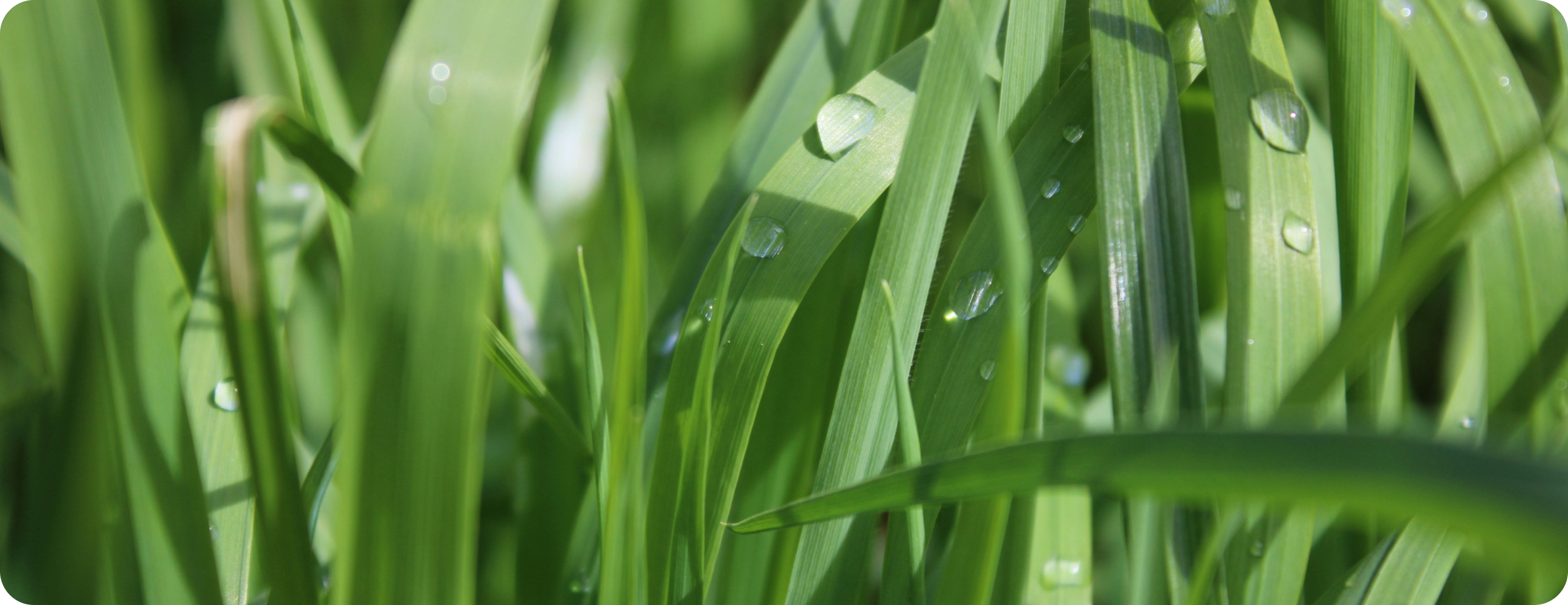Getting to know the rainforest - in extreme detail.

How rainforests contribute in the fight against climate change
Since arriving in the tropical forests of Gabon for the Sylvera-led research mission with UCLA, NASA Jet Propulsion Lab and University College London, our field team has really been getting to know their new environment - in minute detail. And they’ve got some clever tech to help them do it.
Ashleigh Parsons explains what they are doing, and importantly how their work aims to dramatically improve the understanding of the contribution rainforests make in battling climate change...

On the first leg of our research program here in Gabon, we’re tackling a specific challenge. You see, today, there’s a big problem with the way that carbon stocks in forests are calculated – and it begins with the measurement.
Using the current methods, tree mass is estimated by simply measuring the height of a tree and the circumference of its trunk. But in reality, a tree’s mass (and its ability to store carbon) varies significantly based on the size and structure of its complex branch networks. In fact, the standard methods can have a huge margin of error, upwards of 40%.
Building accurate datasets on carbon performance
Armed with state-of-the-art lidar instruments, we’re scanning over 30 hectares of forest in millimeter-accurate, 3D detail, right down to the architecture of even the smallest branches and twigs.
This enables us to build substantially more accurate datasets which then feed the machine learning models we use to assess the carbon performance of nature-based offset projects.
Understanding biomass and why it is important
Well if we’re all able to better understand the biomass of a project through our cutting edge tech, we can give everyone in the marketplace - from project developers to governments, communities, investors, marketplaces, and buyers - much greater confidence in the quality of the projects they’re supporting.
And with that confidence, we hope to drive even more focus on protecting these immensely valuable forests.
Thanks go to the UK Government, UKRI and InnovateUK for financial support of this vital work.
Learn how businesses are shaping carbon market strategies with carbon.

The end-to end carbon dataplatform for the 'net' in yournet zero goals










